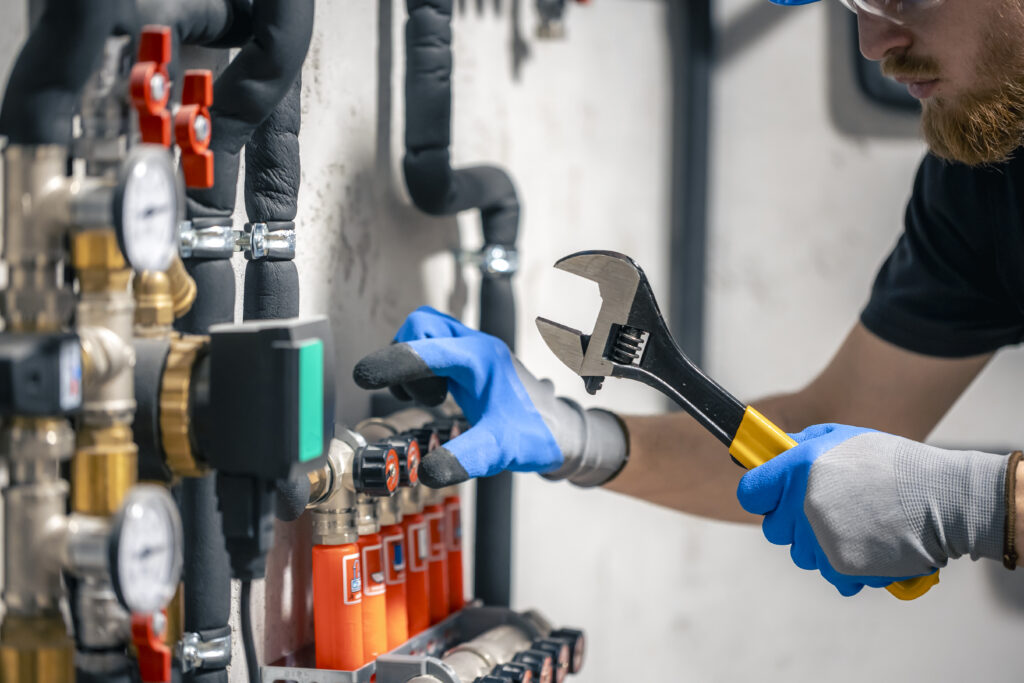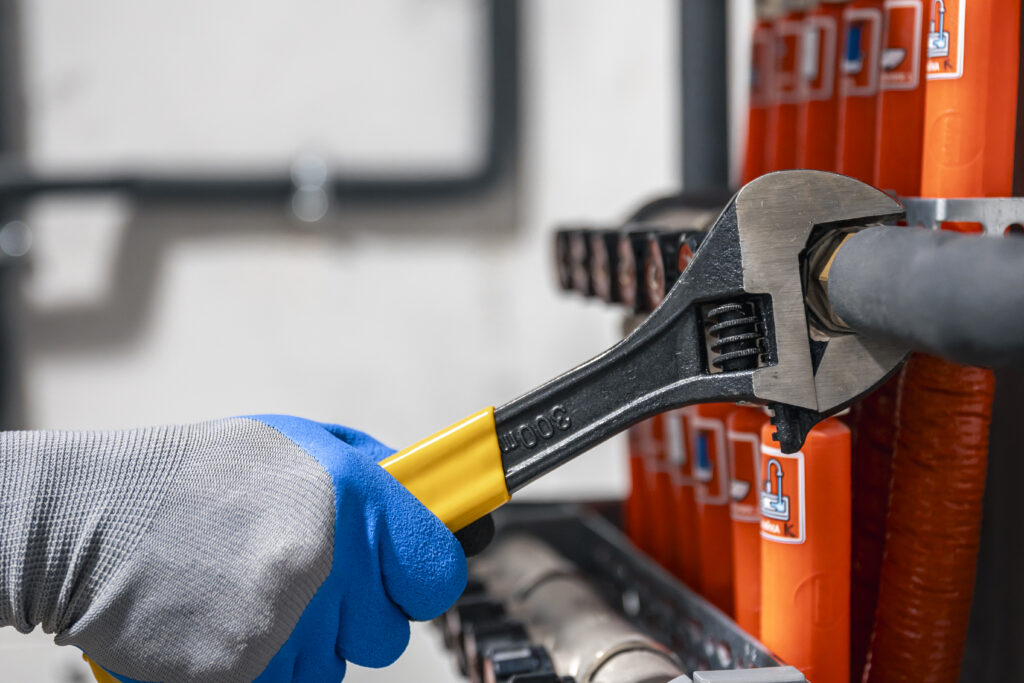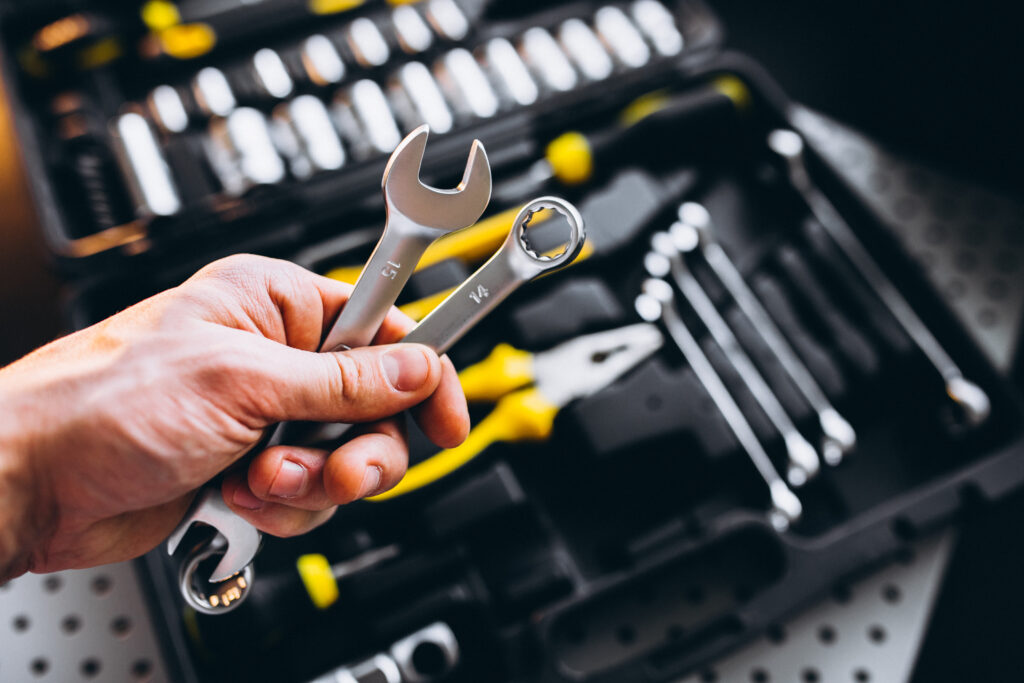Predictive maintenance is an advanced approach to equipment management that leverages data analysis and technology to anticipate potential failures before they occur. This proactive strategy is particularly relevant in industries where equipment reliability is critical, such as manufacturing, transportation, and facilities management. By utilizing predictive maintenance, organizations can shift from a reactive maintenance model—where repairs are made only after equipment has failed—to a more strategic approach that focuses on preventing failures altogether.
This transition not only enhances operational efficiency but also significantly reduces costs associated with unplanned downtime. In Northern California, where industries range from tech to agriculture, the implementation of predictive maintenance can be a game-changer. The region’s diverse economic landscape demands that businesses maintain high levels of productivity while minimizing disruptions.
Predictive maintenance offers a solution that aligns with these needs, allowing organizations to optimize their operations and ensure that their equipment is functioning at peak performance. As we delve deeper into the concept of predictive maintenance, it becomes clear that understanding its implications and benefits is essential for any organization looking to thrive in today’s competitive environment.
Key Takeaways
- Predictive maintenance uses data and analytics to predict equipment failure and reduce downtime.
- Downtime can have a significant impact on productivity, profitability, and customer satisfaction.
- Predictive maintenance can reduce downtime by identifying potential issues before they cause equipment failure.
- Predictive maintenance works by collecting and analyzing data from equipment to identify patterns and predict failures.
- Implementing predictive maintenance strategies requires a combination of technology, data analysis, and maintenance expertise.
Understanding Downtime and its Impact
Downtime refers to periods when equipment is not operational due to maintenance, repairs, or unexpected failures. This phenomenon can have significant repercussions for businesses, leading to lost productivity, increased operational costs, and diminished customer satisfaction. In Northern California, where many companies operate in fast-paced markets, even minor disruptions can result in substantial financial losses.
Understanding the various forms of downtime—planned versus unplanned—is crucial for organizations aiming to mitigate its impact. Planned downtime typically occurs during scheduled maintenance activities, which can be managed and anticipated. However, unplanned downtime is often more detrimental, as it arises unexpectedly and can halt production entirely.
The consequences of unplanned downtime extend beyond immediate financial losses; they can also damage a company’s reputation and erode customer trust. In a region like Northern California, where competition is fierce, maintaining operational continuity is vital for sustaining market position and ensuring long-term success.
The Benefits of Predictive Maintenance in Reducing Downtime

One of the most significant advantages of predictive maintenance is its ability to reduce downtime through timely interventions. By predicting when equipment is likely to fail, organizations can schedule maintenance activities during non-peak hours or integrate them into regular operations without disrupting productivity. This proactive approach minimizes the risk of unexpected breakdowns and allows businesses to maintain a steady workflow.
Moreover, predictive maintenance enhances resource allocation by ensuring that maintenance teams are deployed only when necessary. This targeted approach not only saves time but also reduces labor costs associated with unnecessary inspections or repairs. In Northern California’s dynamic business environment, where efficiency is paramount, the ability to streamline maintenance processes can lead to substantial cost savings and improved operational performance.
Ultimately, the reduction of downtime through predictive maintenance translates into increased profitability and a stronger competitive edge.
How Predictive Maintenance Works
Predictive maintenance relies on a combination of data collection, analysis, and advanced technologies to forecast equipment failures. Sensors are installed on machinery to monitor various parameters such as temperature, vibration, and pressure. This real-time data is then transmitted to a centralized system where it is analyzed using algorithms and machine learning techniques.
By identifying patterns and anomalies in the data, organizations can predict when a piece of equipment is likely to fail. The effectiveness of predictive maintenance hinges on the quality of the data collected and the sophistication of the analytical tools used. In Northern California, businesses can leverage cutting-edge technologies such as the Internet of Things (IoT) and artificial intelligence (AI) to enhance their predictive maintenance capabilities.
These technologies enable organizations to gather vast amounts of data from their equipment and analyze it in real-time, leading to more accurate predictions and timely interventions. As a result, companies can optimize their maintenance schedules and ensure that their operations run smoothly.
Implementing Predictive Maintenance Strategies
Implementing predictive maintenance strategies requires a systematic approach that begins with assessing current maintenance practices and identifying areas for improvement. Organizations must evaluate their existing equipment, determine which assets are critical to operations, and establish baseline performance metrics. This foundational work sets the stage for integrating predictive maintenance into the overall maintenance strategy.
Once the groundwork is laid, businesses can begin investing in the necessary technologies and training for their staff. This may involve acquiring sensors for data collection, implementing software for data analysis, and providing training for employees on how to interpret the data and respond effectively. In Northern California, where technological innovation is prevalent, organizations have access to a wealth of resources and expertise that can facilitate this transition.
By fostering a culture of continuous improvement and embracing predictive maintenance as a core component of their operations, companies can position themselves for long-term success.
The Role of Data and Analytics in Predictive Maintenance
Data and analytics play a pivotal role in the success of predictive maintenance initiatives. The ability to collect and analyze data from equipment allows organizations to gain valuable insights into their operations and make informed decisions about maintenance activities. By leveraging historical data alongside real-time monitoring, businesses can identify trends and patterns that may indicate potential failures.
In Northern California’s competitive landscape, organizations that harness the power of data analytics can gain a significant advantage over their competitors. Advanced analytical tools enable companies to not only predict when equipment may fail but also understand the underlying causes of those failures. This deeper understanding allows for more effective root cause analysis and targeted interventions, ultimately leading to improved equipment reliability and reduced downtime.
Examples of Successful Predictive Maintenance Programs
Numerous organizations across various industries have successfully implemented predictive maintenance programs that have yielded impressive results. For instance, manufacturing companies in Northern California have adopted predictive maintenance strategies to monitor their production lines continuously. By utilizing sensors and data analytics, these companies have been able to reduce unplanned downtime by identifying potential issues before they escalate into major problems.
Another example can be found in the transportation sector, where predictive maintenance has been employed to monitor fleet vehicles’ performance. By analyzing data from vehicle sensors, companies can schedule maintenance based on actual usage patterns rather than relying solely on predetermined intervals. This approach not only extends the lifespan of vehicles but also enhances safety and reliability for drivers and passengers alike.
These examples illustrate how predictive maintenance can be tailored to meet the unique needs of different industries while delivering tangible benefits.
Challenges and Limitations of Predictive Maintenance
Despite its many advantages, implementing predictive maintenance is not without challenges. One significant hurdle is the initial investment required for technology acquisition and integration. Organizations must be prepared to allocate resources toward purchasing sensors, software solutions, and training programs for staff members.
For some businesses in Northern California, particularly smaller enterprises with limited budgets, this upfront cost may pose a barrier to entry. Additionally, the effectiveness of predictive maintenance relies heavily on the quality of data collected. Inaccurate or incomplete data can lead to erroneous predictions and misguided maintenance efforts.
Organizations must establish robust data governance practices to ensure that the information used for analysis is reliable and relevant. Furthermore, there may be resistance from employees who are accustomed to traditional maintenance practices; overcoming this cultural barrier requires effective change management strategies.


Integrating Predictive Maintenance with Overall Maintenance Strategies
To maximize the benefits of predictive maintenance, organizations must integrate it into their overall maintenance strategies seamlessly. This involves aligning predictive maintenance efforts with other approaches such as preventive and corrective maintenance. By creating a comprehensive maintenance framework that incorporates all three strategies, businesses can ensure that they are addressing equipment reliability holistically.
In Northern California’s diverse industrial landscape, this integration is particularly important as companies often operate multiple types of equipment across various facilities. A well-rounded maintenance strategy allows organizations to prioritize resources effectively while minimizing disruptions caused by equipment failures. By fostering collaboration between different teams—such as operations, engineering, and maintenance—companies can create a culture of shared responsibility for equipment reliability that enhances overall performance.
The Future of Predictive Maintenance and Downtime Reduction
The future of predictive maintenance looks promising as advancements in technology continue to evolve rapidly. Innovations such as artificial intelligence (AI), machine learning (ML), and advanced analytics are set to revolutionize how organizations approach equipment management. As these technologies become more accessible and affordable, businesses in Northern California will have even greater opportunities to implement predictive maintenance strategies effectively.
Moreover, as industries increasingly recognize the importance of sustainability and resource efficiency, predictive maintenance will play a crucial role in reducing waste associated with unplanned downtime. By optimizing equipment performance and extending asset lifecycles, organizations can contribute to environmental sustainability while simultaneously enhancing their bottom line. The integration of predictive maintenance into broader operational strategies will undoubtedly shape the future landscape of industries across Northern California.
The Importance of Investing in Predictive Maintenance
Investing in predictive maintenance is no longer just an option; it has become a necessity for organizations seeking to thrive in today’s competitive environment. The ability to anticipate equipment failures before they occur not only reduces downtime but also enhances overall operational efficiency and profitability. For businesses in Northern California—where innovation and competition are at the forefront—embracing predictive maintenance can provide a significant advantage.
As we move forward into an era defined by technological advancements and data-driven decision-making, organizations must prioritize predictive maintenance as part of their strategic initiatives. By doing so, they will not only safeguard their operations against unexpected disruptions but also position themselves for long-term success in an ever-evolving marketplace. Investing in predictive maintenance is an investment in resilience, efficiency, and sustainable growth—a commitment that will pay dividends for years to come.
FAQs
What is predictive maintenance?
Predictive maintenance is a proactive maintenance strategy that uses data analysis, machine learning, and other advanced technologies to predict when equipment failure might occur, allowing maintenance to be performed before the failure happens.
How does predictive maintenance reduce downtime?
Predictive maintenance reduces downtime by identifying potential equipment failures before they occur, allowing maintenance to be scheduled during planned downtime rather than waiting for a breakdown to happen unexpectedly.
What are the benefits of using predictive maintenance to reduce downtime?
The benefits of using predictive maintenance to reduce downtime include increased equipment reliability, improved safety, reduced maintenance costs, and increased overall equipment effectiveness.
What technologies are used in predictive maintenance?
Technologies used in predictive maintenance include sensors, data analytics, machine learning, and artificial intelligence to monitor equipment performance and predict potential failures.
How does predictive maintenance differ from other maintenance strategies?
Predictive maintenance differs from other maintenance strategies, such as reactive maintenance (fixing things after they break) and preventive maintenance (performing maintenance at scheduled intervals), by using data and technology to predict when maintenance is needed based on the actual condition of the equipment.

The Critical Role of Predictive Maintenance in Minimizing Downtime and Maximizing Efficiency
Predictive maintenance reduces downtime by spotting issues before they cause failures








